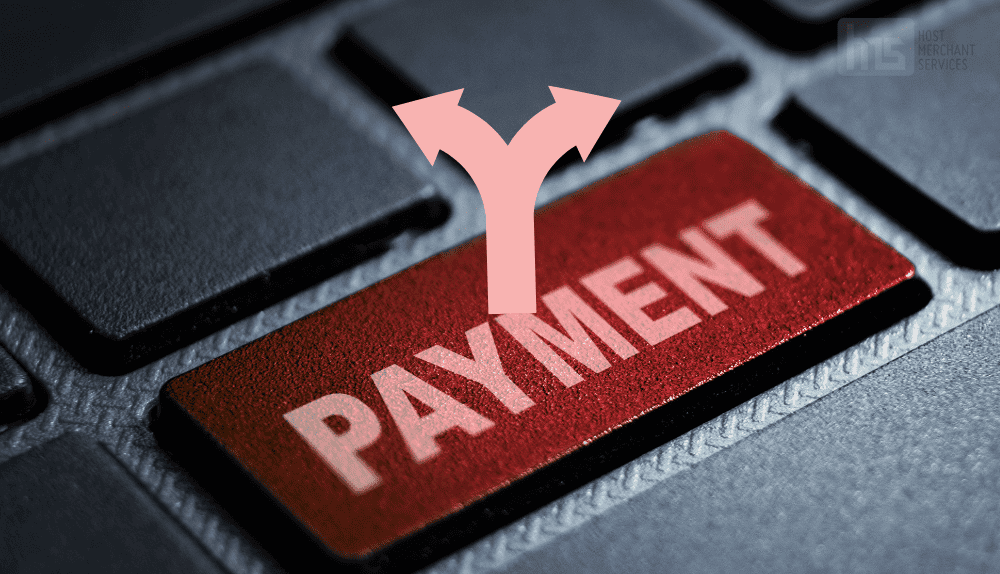
Are you a business owner looking to understand the nitty-gritty details of transaction fees and pricing models? Well, buckle up because we’re about to dive into the world of payment processors, credit card processors, and merchant accounts. From breaking down different types of transaction fees to exploring the pros and cons of various pricing models, this blog post has got you covered. So grab a cup of coffee and let’s unravel the mysteries behind those numbers on your financial statements!
What are Transaction Fees?
Transaction fees are charges imposed on businesses for processing payments through credit card transactions. These fees can vary based on factors such as the type of card used, the total transaction amount, and the payment processor’s pricing model. Essentially, they represent a cost that businesses incur to facilitate electronic payments securely and efficiently.
These fees typically consist of interchange fees (paid to card-issuing banks), assessment fees (charged by card networks like Visa or Mastercard), and processor markups (fees set by the payment processor). Understanding these components is crucial for comprehending how transaction costs are calculated and allocated among different parties involved in the payment process.
While transaction fees may seem like an unavoidable expense for businesses, having a clear understanding of how they work can help you make informed decisions when choosing a payment processor and pricing model that align with your financial goals.
Types of Transaction Fees
Transaction fees are charges incurred during the processing of a payment. There are various types of transaction fees that businesses need to be aware of when choosing a payment processor. One common type is interchange fees, which are set by credit card networks like Visa and Mastercard. These fees cover the cost of moving money between banks and typically make up a significant portion of transaction costs.
Another type is assessment fees, which are also set by card networks but go directly to them as revenue. These fees can vary based on factors like the type of card used or the size of the transaction. Additionally, there are markup fees added by payment processors as their profit margin on each transaction.
Understanding these different types of transaction fees is crucial for businesses looking to optimize their payment processing costs and choose the right pricing model for their needs.
Common Pricing Models for Transaction Fees
When it comes to transaction fees, understanding the common pricing models is crucial for businesses. One prevalent model is the flat-rate pricing, where a fixed percentage of each transaction is charged. This simplicity appeals to small businesses with lower sales volumes.
On the other hand, interchange-plus pricing involves passing on the exact cost set by credit card networks along with a markup from the payment processor. While this transparency can benefit larger businesses with higher sales volumes, it may be complex for smaller merchants to decipher.
Tiered pricing categorizes transactions into different tiers based on criteria like card type and processing method. Although this model offers simplicity in some cases, it can lead to higher costs due to lack of transparency and potentially hidden fees.
Subscription-based pricing charges a monthly fee in exchange for lower transaction rates. This can be advantageous for businesses with consistent sales patterns looking for predictability in their payments processing costs.
Pros and Cons of Different Pricing Models
When it comes to choosing a pricing model for transaction fees, there are various options available, each with its own set of pros and cons. One common pricing model is the flat-rate fee, where you pay a fixed percentage per transaction. This can be convenient and easy to understand for small businesses but may not always offer the best rates for larger transactions.
Another popular option is the interchange-plus pricing model, which involves paying the actual interchange fee set by card networks plus a markup from the processor. While this can potentially lead to lower costs for businesses processing high volumes or large transactions, it can also be more complex to calculate and understand.
Tiered pricing models categorize transactions into different tiers based on criteria like transaction volume or card type, each with its own rate. While this may seem straightforward at first glance, businesses should beware of hidden fees and potential higher costs depending on how transactions are classified.
Factors that Affect Transaction Fees
When it comes to understanding transaction fees, there are various factors that can impact the amount you pay for processing payments. One significant factor is the type of business you operate. High-risk industries such as travel or subscription services may face higher transaction fees due to increased chargeback risk.
Another key factor is the volume of transactions your business processes. Typically, the more transactions you handle, the lower your per-transaction fee may be. Payment method also plays a role in determining transaction fees, with credit card payments often costing more than ACH transfers.
The level of customization and additional services provided by your payment processor can also affect transaction fees. Some processors offer flat-rate pricing models, while others calculate fees based on a percentage of each transaction plus a fixed amount.
Furthermore, compliance requirements and regulations in different industries can impact transaction fees as well. By staying informed about these factors and working closely with your payment processor, you can better understand and manage your transaction costs effectively.
How to Negotiate Lower Transaction Fees
When it comes to negotiating lower transaction fees with your payment processor, preparation is key. Start by researching the current market rates for transaction fees within your industry. This will give you a benchmark to work from during negotiations.
Understand the pricing models offered by different processors and compare their fee structures. Look for any hidden costs or additional charges that may impact the overall cost of processing payments for your business.
Don’t be afraid to leverage your relationship with the payment processor or explore bundling services to potentially secure a discounted rate. Highlight your business’s positive attributes and volume of transactions as valuable bargaining chips in negotiations.
Consider asking for a customized pricing plan tailored to suit your specific business needs. Be open to discussing long-term commitments or exclusivity agreements in exchange for better rates.
Remember, negotiation is a two-way street. Be willing to compromise on certain terms while standing firm on what matters most to your bottom line – reducing transaction fees and maximizing profits.
Conclusion: Choosing the Right Pricing Model for Your Business
When it comes to choosing the right pricing model for your business, it’s essential to consider various factors such as transaction volume, average ticket size, industry standards, and customer preferences. By understanding transaction fees and different pricing models offered by payment processors or credit card processors, you can make an informed decision that aligns with your business goals.
Remember that each pricing model has its pros and cons, so it’s crucial to evaluate them based on what makes the most sense for your specific business needs. Whether you opt for a flat-rate model, interchange-plus pricing, tiered pricing, or subscription-based pricing, always negotiate with potential payment processors to secure lower transaction fees whenever possible.
By carefully assessing your business requirements and working closely with a reliable payment processor or merchant account provider, you can streamline your payment processing operations while maximizing cost-efficiency. Choose wisely and watch how selecting the right pricing model positively impacts your bottom line in the long run.






